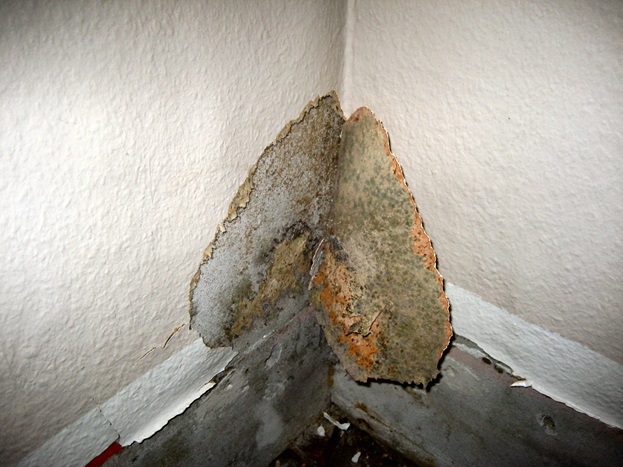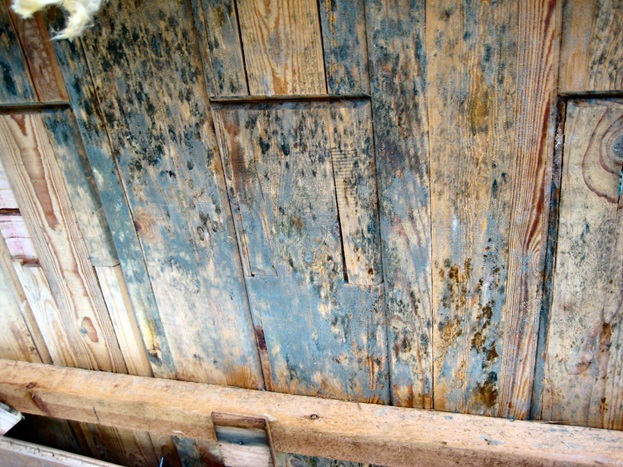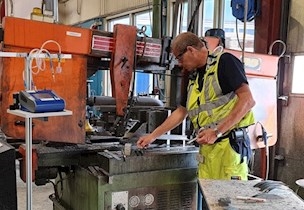Structural survey laboratory
Find out if harmful substances are present in your building and assess their impact on the building and human health.
If you suspect or are aware of:
- Mould growth
- Damp surfaces/structures
- Damaged/deteriorated wood
- Materials containing asbestos.
or if you have general concerns about environmentally harmful substances in your building, you can get structural engineering assistance and laboratory testing to help you find out if these problems need to be addressed, since they could be associated with risks to the building or human health.
Mould is harmful to building occupants
Mould growth is a wellknown problem in buildings that can be caused by structural characteristics, water damage, thermal bridging, usage patterns, and more.
If you have detected the presence of mould, or if you suspect that mould may be present in your building, an analysis can determine the particular type of mould present so you can assess the health risks to the building's occupants.
Mould produces toxic substances like mycotoxins, which pose a risk to human health. If large quantities of spores are inhaled, mycotoxins may be released within the lungs, causing health problems.
You can get help to determine whether your concerns are due to hidden or unrecognised problems involving moisture and mould growth caused by the issues listed above.
Analyses mitigate damages to buildings and reduce health and pollution risks
If there is a risk of harmful substances being present in your building, investigating it is important, so you can preserve the building and ensure its occupants do not become sick.
In addition, if you intend to renovate or demolish the building, you need to ensure that the waste is handled appropriately.
Our laboratory can perform the following analyses for you:
Mould
- Indoor climate testing, including sample cultures and DNA tests
- Growth testing, including tape impressions, material samples, and Mycometer testing.
Wood-decay fungi and insects
If you have wood that has been attacked or degraded, the following analyses are available to you:
- Wood-decay fungi and insects
- Categorisation of deterioration for insurance purposes (rot/fungi).
Distinguishing between different kinds of wood-decay fungi is very difficult. For this reason, microscopy is needed to inspect the damage.
Asbestos
If you plan to renovate or demolish a building, you need to know if it contains asbestos, which can pose health and waste-handling risks.
Get help with:
- Analysing building materials, air, and dust for the presence of asbestos
- Quantitative and qualitative testing of other inorganic fibres and microparticles, such as mineral wool.
Contact us if you need assistance performing structural surveys.


Related services

Structural engineering for buildings and indoor climate
/Service

Air quality in working environments and inside air
/Service

